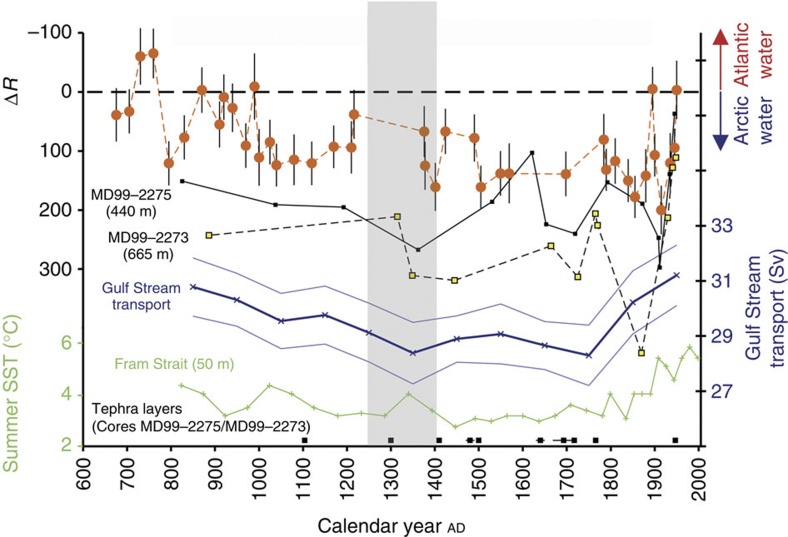Figure 5. Comparison of ΔR data with other AMOC-sensitive proxy records.
Shell-based ΔR values (this study; solid orange circles) and sediment-based ΔR values24 (solid squares; MD99-2275 and MD99-2273) are compared with Gulf Stream transport estimates1 (blue) in the Florida Straits and SST values from within the Arctic Ocean10 (marine sediment record from Fram Strait off western Svalbard, 79°N; green) during the last millennium. More positive ΔR values are representative of Arctic-derived water masses, whereas less positive ΔR values are indicative of Atlantic-derived surface waters24. Relatively warmer SST values in Fram Strait indicate a strong Atlantic inflow to the Arctic, while relatively cool SST values likely represent a weak Atlantic inflow to the Arctic10. The errors in the Marine09 14C value28 and the AMS 14C measurement were propagated as random errors yielding a total ΔRshell error. Tephra layers in marine sediment cores (MD99-2275 and MD99-2273) are shown along the bottom (solid black squares) to illustrate the age control for sediment sequences north of Iceland24. The age/depth models for the Fram Strait and Gulf Stream data are based on linear interpolation between calibrated AMS 14C ages, and the Fram Strait data have an age error of about ±30 to 50 years (see ref. 10 for the full SST record and details); the Gulf Stream data have a possible age error of about ±50 years1. The horizontal grey bar represents the approximate regional timing of the MCA/LIA transition in the marine environment (that is, North Icelandic shelf) noted by refs 24, 25, 26.

